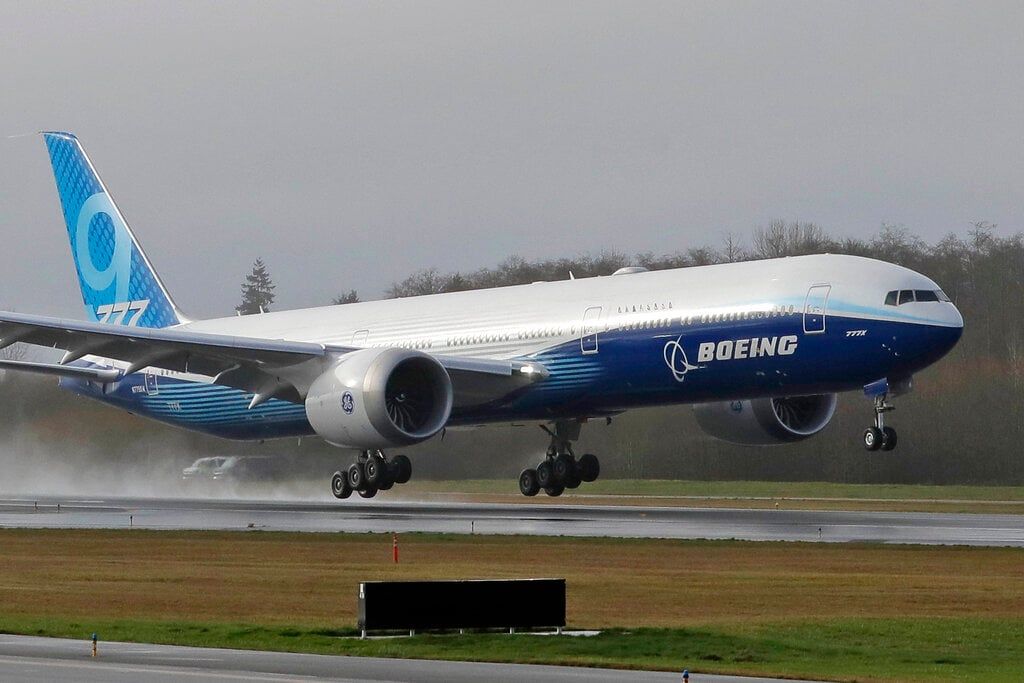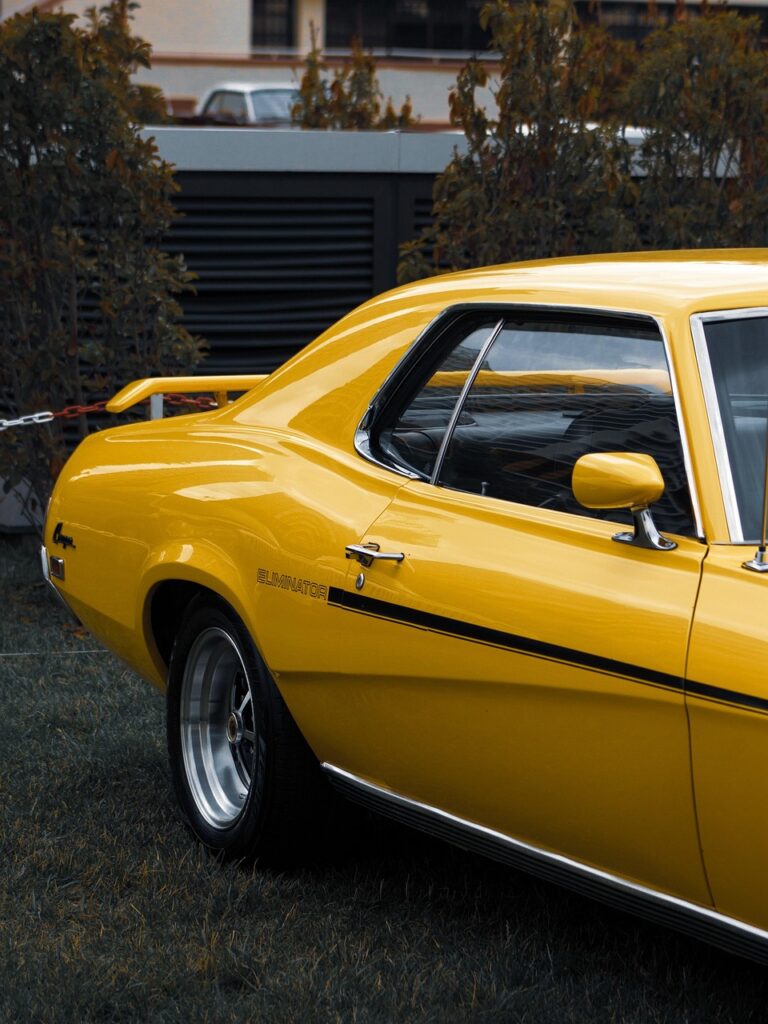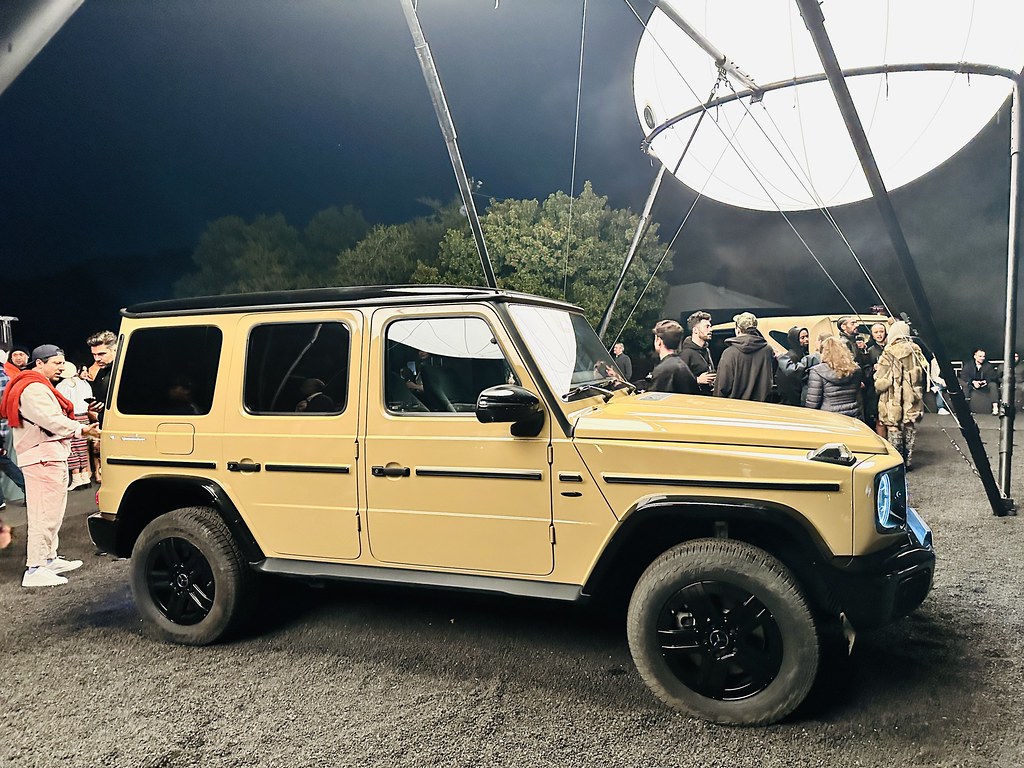
Ah, the automotive world! It’s a place of grand ambitions, slick designs, and sometimes, a whole lot of heartbreak. For decades, the car business has been an absurdly expensive industry to break into, and even more challenging to stay in. While a few legendary names have truly stood the test of time, many others, once promising and beloved, found themselves caught in the changing tides of consumer preferences, corporate mergers, and financial crises. It’s a real “live by the sword, die by the sword” situation out there.
We’re talking about a period, particularly around the 1980s, that saw some truly dramatic shifts. Before the monumental success of a certain electric car manufacturer, the narrative was pretty clear: startup automakers were almost certainly doomed to fail. And even established brands, or those launched with significant backing, weren’t immune to the axe. This era was a genuine conundrum, a time when even a solid idea could get lost in the shuffle or be deemed no longer viable by its corporate parent. It really makes you wonder what went wrong, doesn’t it?
So, buckle up, because we’re taking a nostalgic road trip back to explore some of these unforgettable brands that once graced American roads, only to be eventually dropped, absorbed, or simply faded into memory by major manufacturers or market forces. Each one has a story, a unique legacy that reminds us just how dynamic – and sometimes brutal – the car industry can be. Let’s dive into the first half of our list and uncover the tales of these once-prominent automotive players.
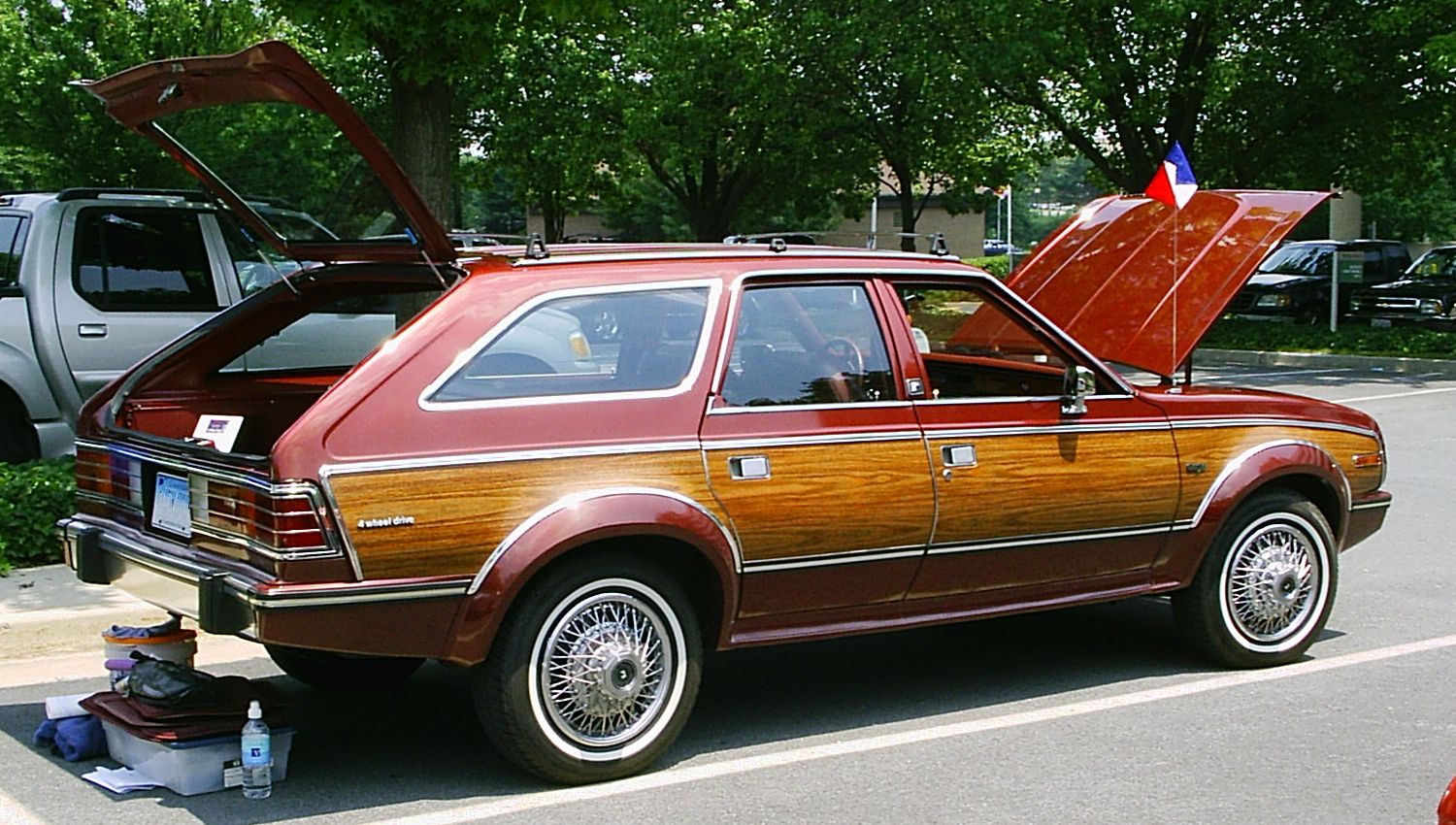
1. **American Motors Corporation (AMC)**What do you get when two historic names in American motoring decide to join forces? Well, in 1954, Nash-Kelvinator and Hudson Motor Car Company merged to form American Motors Corporation, or AMC. This wasn’t just any merger; it was an attempt to create a formidable competitor to the ‘Big Three’ – GM, Ford, and Chrysler – and for a good long while, AMC really made its mark with a distinctive blend of practicality and quirkiness.
AMC became best known for its rugged, affordable compacts, like the incredibly popular Rambler American, which originally started life as the Nash Rambler. But they weren’t just about sensible cars; AMC also churned out some truly iconic 1970s styling statements, like the Hornet, the Matador, and of course, the incredibly distinctive Pacer. These cars had personality in spades, often standing out from the crowd with their unique aesthetics and engineering.
Perhaps AMC’s most prescient move came in 1970 when it made a hefty $70 million gamble to acquire the money-losing Jeep lineup from Kaiser. This acquisition was a game-changer, albeit one that forced AMC into shoestring development budgets for other models, leading to cars like the Gremlin, which surprisingly became one of AMC’s most successful vehicles. However, a sea of red ink in the late 1970s ultimately led to a partnership with French automaker Renault, and while that partnership produced the Car of the Year–winning Renault Alliance and even helped AMC create the crossover-SUV segment (decades too early!) with the Eagle, it was the sheer strength of the Jeep brand that finally prompted Chrysler to buy AMC in 1987. It truly was the end of an independent era, as AMC morphed into the Jeep-Eagle division.
Read more about: Beyond the Chrome: Unmasking 13 Car Driver Stereotypes That Are More Than Just Roadside Chatter
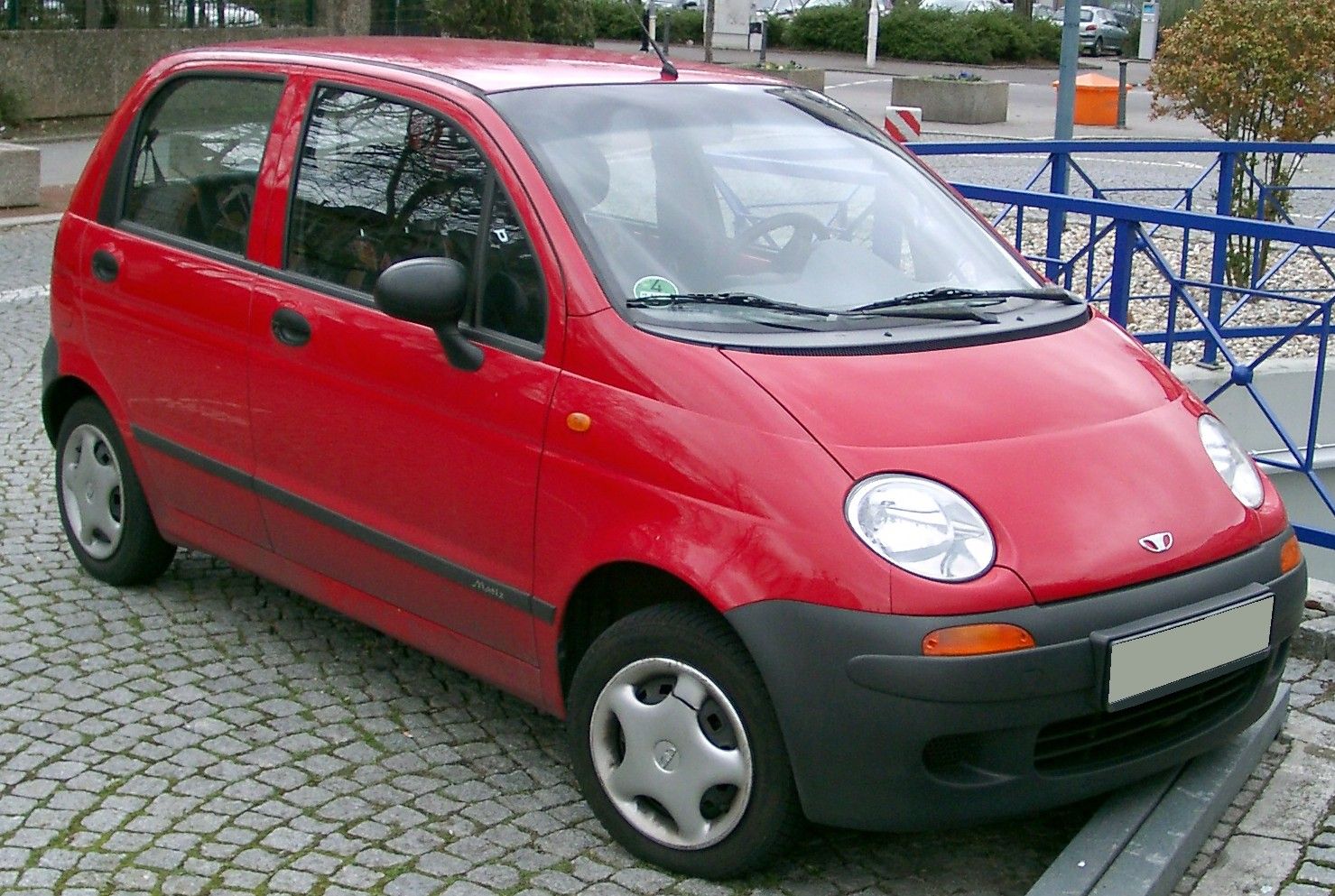
2. **Daewoo Motors**From its roots in the late 1930s, Daewoo Motors, a South Korean automaker, spent years building its foundation by selling rebadged Datsuns and Opels in its home market. Fast forward to the late 1990s, and Daewoo had big aspirations: to introduce its first home-grown designs to the competitive U.S. market. And in late ’97, they made their move, with the 1998 Daewoo Lanos, Nubira, and Leganza making their rather quiet beachhead here.
Daewoo tried an unconventional sales strategy, attempting to sell cars through a network of “campus advisers.” This was a pretty novel approach, aiming to leverage student networks. However, this innovative tactic hit a major snag when students discovered their enticing 50 percent discount was reported to the IRS as income, leading to a flurry of lawsuits. Not exactly the smooth start they were hoping for, right?
Ultimately, it wasn’t just a quirky sales strategy that did Daewoo in. The broader Asian financial crisis that swept through the late ’90s hit hard. Corporate parent Daewoo Group declared bankruptcy in 1999, forcing GM to step in and buy the car division. While U.S. sales officially ceased in 2002, the vehicles themselves lived on, rebadged as Suzuki and Chevy models. Daewoo eventually became GM Korea in 2011, and impressively, it still handles much of GM’s small-vehicle engineering today, a testament to its underlying capabilities despite its early struggles as a standalone brand in America. As MotorTrend said of the Leganza in December 1998, “Korea’s second-largest but fastest-growing automaker definitely faces an uphill battle.”
Read more about: Unmasking the Speed Demons: A Deep Dive into the 13 Car Models Most Often Ticketed in the U.S.
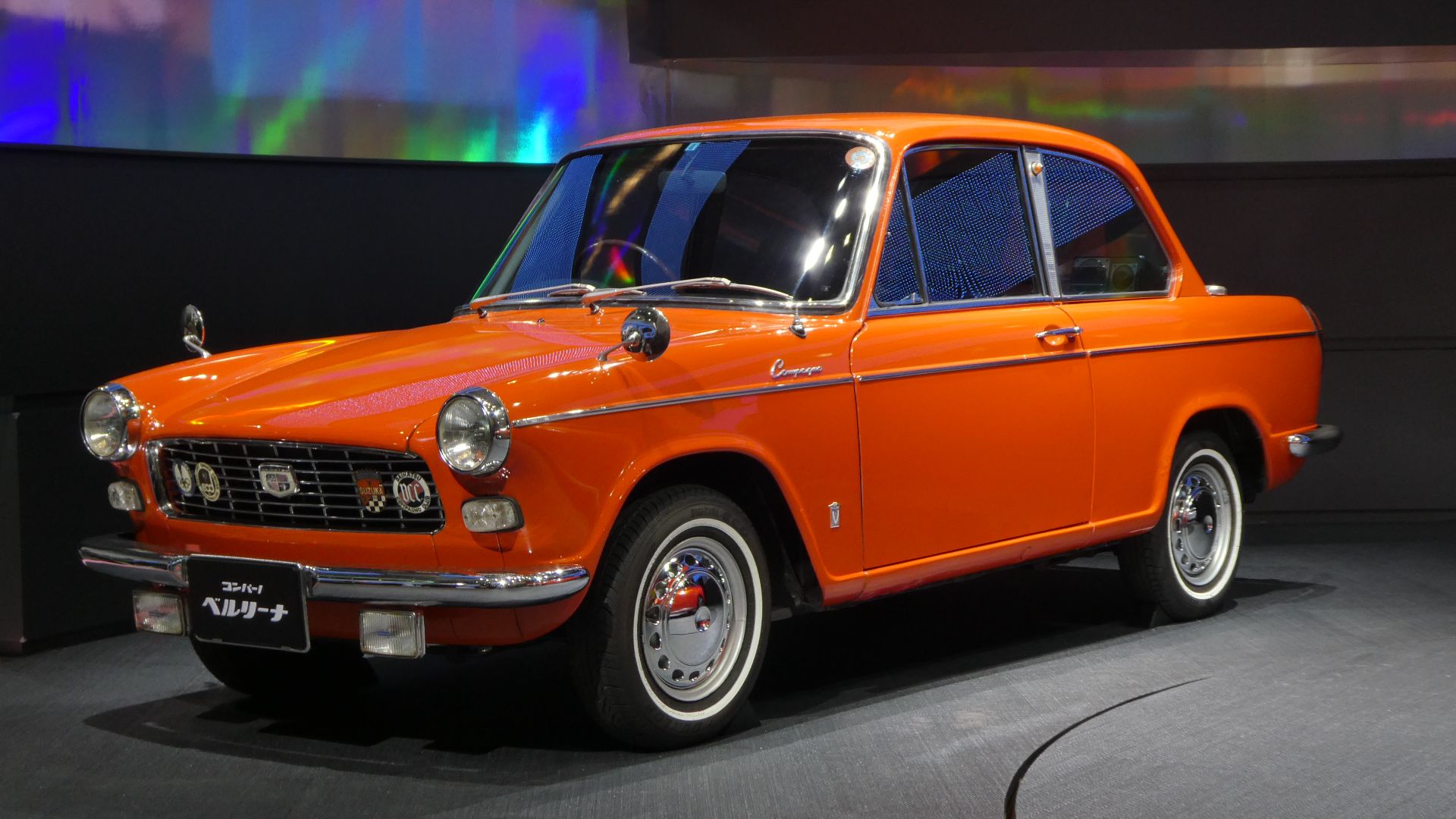
3. **Daihatsu**In the high-flying 1980s, Japanese automakers were, frankly, clobbering Detroit. Names like Isuzu, Suzuki, and Subaru were finding success with smaller, efficient vehicles, and Daihatsu clearly saw an opportunity to get in on the action. So, in 1988, Daihatsu decided to open for business in America, bringing its unique flavor of compact cars and off-roaders to the market.
Their first U.S.-market offering was the 1988 Charade, a sub-Civic-sized econobox that surprisingly came with rather lavish trimmings for a cheap car. This was soon followed by the Rocky, a Suzuki Samurai–like off-roader that distinguished itself with a wide track and surprisingly entertaining on-road handling. They were well-built and generally well-received by critics, even earning a spirited review from MotorTrend for the Rocky in April 1990: “Rocky be nimble, Rocky be quick, Rocky is fun and truly a kick!”
However, Daihatsu soon found itself driving straight into strengthening headwinds. It faced a small share of Japan’s voluntary import quotas, a strong yen that mercilessly drove down profits, and a growing wave of American hostility toward Japanese cars. Despite the critical acclaim for their quality, the Charade and Rocky were simply too small and slow by burgeoning U.S. standards, and sales never really took off. Faced with impending new U.S. crash standards that would require significant investment, Daihatsu made the tough call and left the American market in 1992, making its U.S. run a short but memorable four years.
Read more about: 13 Automotive Aberrations So Unforgettable, They Should’ve Been Forgotten
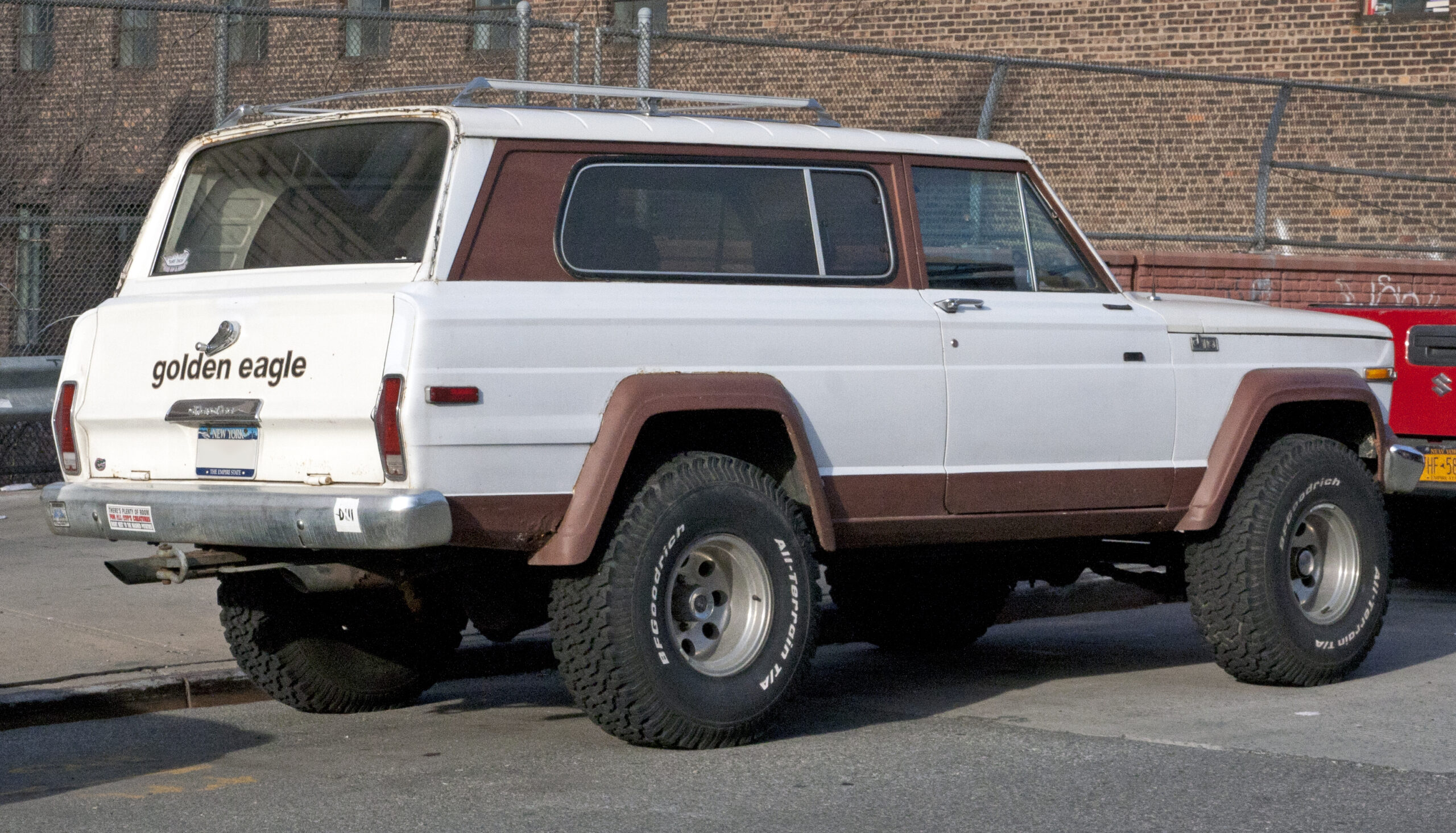
4. **Eagle**When Chrysler acquired American Motors Corporation (AMC) in 1987, its primary target was undoubtedly the immensely valuable Jeep brand. But what about the rest of AMC’s lineup? Chrysler, ever the strategist, decided to launch a brand-new, upscale, import-fighting marque, cleverly adopting the patriotic name of AMC’s own Eagle 4×4, though ironically ditching the car itself. This was the birth of Eagle as a distinct brand.
The first new Eagle model to emerge was the Premiere, a luxury sedan with Renault underpinnings. This was quickly followed in 1989 by the Mitsubishi-designed Summit, a product of the Diamond-Star joint venture that was churning out exciting new cars. This partnership soon yielded Eagle’s most celebrated and best-known product: the Talon. The Talon was a small, stunning sportster, often equipped with a turbocharged engine and, in a nod to Eagle’s AMC roots, available all-wheel drive. It really was quite a car, with MotorTrend noting in July 1989 about the Talon TSi, “Even on wet pavement and trying to emulate stupidity as much as possible, we still stayed in remarkable shape.”
When Chrysler introduced its stellar LH cars for 1993, Eagle even received its own version, dubbed the Vision. Yet, despite all these efforts and a significant investment in marketing dollars, Eagle’s sales remained stubbornly weak. The core problem? Almost all of Eagle’s models were essentially rebadged versions available from other marques, making it difficult for the brand to carve out a unique identity or compelling reason for purchase. In 1996, Chrysler combined the Jeep-Eagle and Chrysler-Plymouth divisions, a clear sign of consolidation. By 1999, Eagle’s brief, albeit interesting, flight in the automotive sky had come to an end.
Read more about: One Click, Total Implosion: 11 Notorious Figures Whose Careers Were Decimated by a Single Image
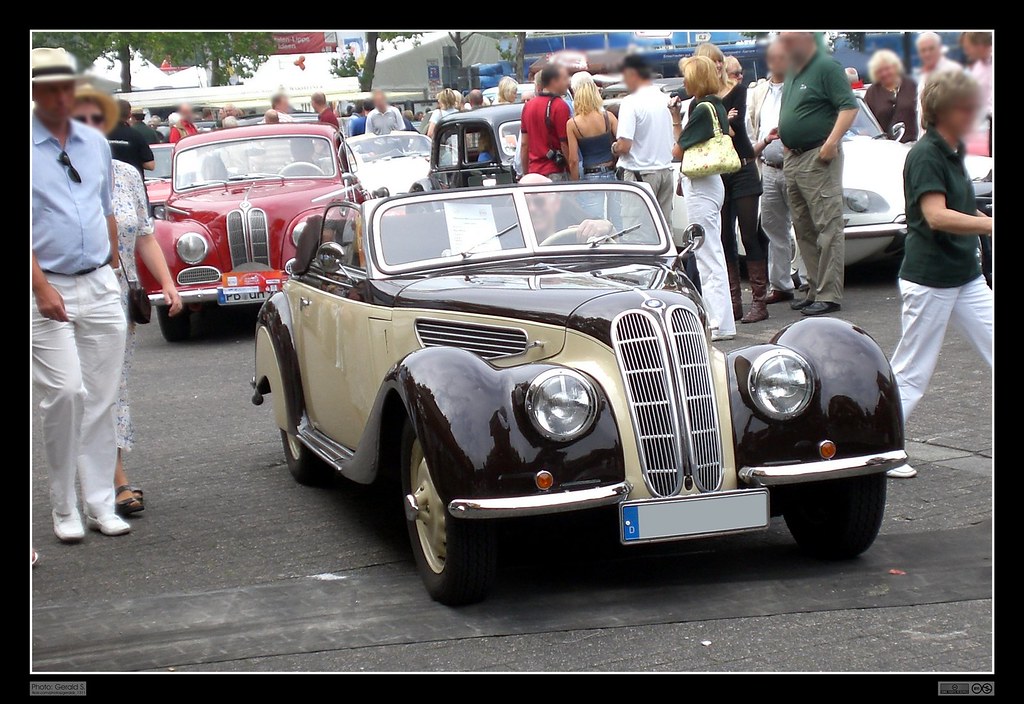
5. **Geo**In the mid-1980s, General Motors found itself grappling with a significant challenge: how to effectively compete with the surging popularity of Japanese imports. They had a joint venture with Toyota called NUMMI, which produced a Corolla clone badged as the Chevrolet Nova. However, this presented a conundrum: import buyers typically weren’t shopping for Chevrolets, and a Japanese-engineered car didn’t quite align with Chevy’s “Heartbeat of America” image. It was a classic identity crisis.
GM’s ingenious (or perhaps, ultimately confusing) solution was to group its various imported models under a completely new, distinct brand: Geo. These Geo vehicles were then sold at Chevrolet dealerships, aiming to capture that elusive import market segment without diluting the Chevy brand’s image. Suzuki stepped up to supply the famously frugal Metro and the rugged Tracker 4×4, becoming staples of the Geo lineup. The Isuzu-sourced Spectrum was swiftly replaced by the Prizm, which was essentially NUMMI’s successor to the Nova, and the nifty Isuzu Impulse–based Storm coupe joined the party in 1990.
1991 actually marked Geo’s best year in terms of sales. However, the initial clarity of Geo as a separate import brand soon began to sow confusion. Buyers quickly realized they could find reliable, often Japanese-designed, imports right there at their Chevrolet dealerships, making the Geo brand name itself seem redundant. Why bother with Geo when you could just get a Chevy? The distinction blurred, and by 1998, the Geo models were unceremoniously re-rebadged as Chevrolets, effectively ending the Geo experiment. It was a short-lived but memorable chapter in GM’s attempt to navigate the import wave, with MotorTrend even saying of the Metro LSi in October 1988, “You won’t go very fast in the overall scheme of things, but you’ll get the impression you’re really bombin’ around.”
Car Model Information: 1965 Chevrolet Nova Base
Caption: 1963 Chevrolet Chevy II 300 4-door sedan
Name: Chevrolet Chevy II / Nova
Manufacturer: unbulleted list
ModelYears: unbulleted list
Production: unbulleted list
Class: unbulleted list
Successor: unbulleted list
Categories: 1970s cars, 1980s cars, All articles needing additional references, Articles needing additional references from March 2025, Articles with short description
Summary: The Chevrolet Chevy II/Nova is a small automobile manufactured by Chevrolet, and produced in five generations for the 1962 through 1979, and 1985 through 1988 model years. Built on the X-body platform, the Nova was the top selling model in the Chevy II lineup through 1968. The Chevy II nameplate was dropped after 1968, with Nova becoming the nameplate for all of the 1969 through 1979 models. It was replaced by the 1980 Chevrolet Citation introduced in the spring of 1979. The Nova nameplate returned in 1985, produced through 1988 as a S-car based, NUMMI manufactured, subcompact based on the front wheel drive, Japan home-based Toyota Sprinter.
Get more information about: Chevrolet Chevy II / Nova
Buying a high-performing used car >>>
Brand: Chevrolet Model: Nova
Price: $72,000 Mileage: 21,647 mi.
Read more about: One Click, Total Implosion: 11 Notorious Figures Whose Careers Were Decimated by a Single Image
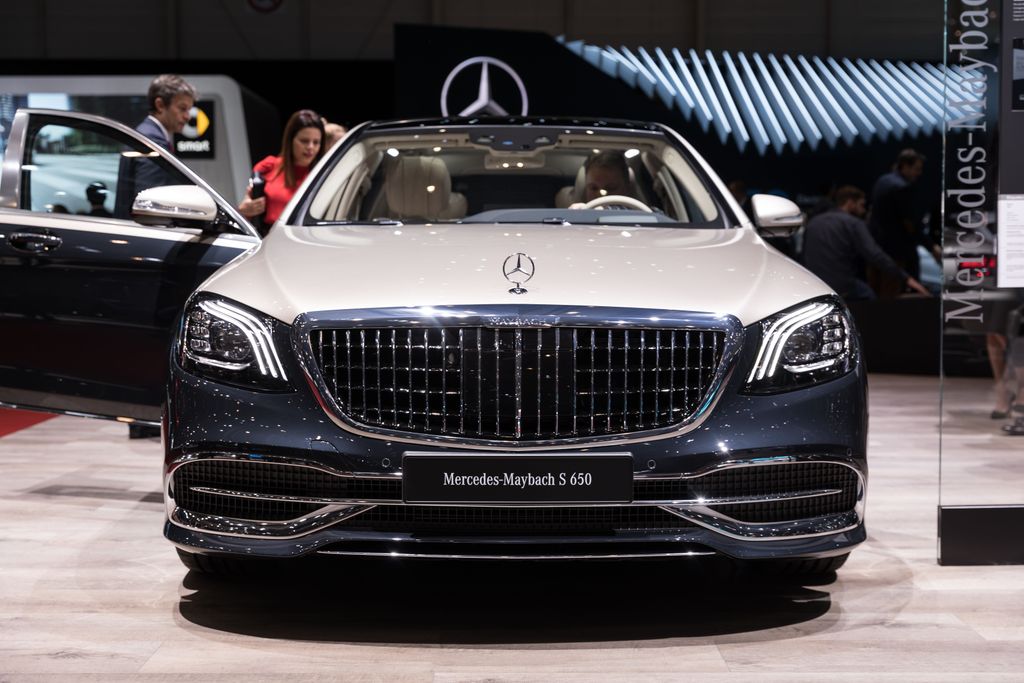
6. **Maybach**When you think of ultra-luxury, names like Rolls-Royce and Bentley immediately spring to mind. It makes perfect sense that Mercedes, a titan in the luxury vehicle segment, would want a slice of that incredibly profitable pie. So, in a bold move, the company decided to revive a historic name: Maybach. This wasn’t just any old name; Maybach, pronounced “My-bock,” was a former Zeppelin engine manufacturer that had also built high-end luxury cars until the end of World War II. The revival promised to bring back that old-world opulence with modern Mercedes engineering.
Following an initial concept in 1997, the reborn Maybach brand officially premiered with two V-12 sedans for the 2002 model year: the Maybach 57 and the longer Maybach 62. These vehicles were priced on opposite sides of a staggering $300,000, clearly aiming for the very top echelon of the automotive market. Inside, these cars were nothing short of magnificent, showcasing unparalleled craftsmanship, exquisite materials, and every conceivable luxury feature. They truly offered an experience of being chauffeured in sublime comfort.
However, there was a glaring problem that ultimately plagued the Maybach’s standalone run: from the outside, they bore a striking resemblance to the much more affordable $100,000 Mercedes S-Class they were based on. This stark contrast was painfully evident when compared to the stunning and distinctly styled Bentley Continental GT and Rolls-Royce Phantom, both of which launched in 2003 and offered a far more unique visual statement. Maybach sold a mere 600 cars in its first and best year – a dismal one-third of its sales goal – and sales quickly plummeted to levels that made even Rolls-Royce look like a volume seller. Despite MotorTrend’s March 2003 sentiment that “It’s hard to imagine how an automobile could possibly be any better,” Mercedes finally made the tough decision to kill the Maybach brand as a standalone entity in 2012. Today, the Maybach name lives on, but as an ultra-luxurious trim level for high-end Mercedes cars and SUVs, proving that sometimes, even the grandest revivals need a different approach.
Car Model Information: 2004 Maybach Type 57 Base
Name: Maybach
Logo: Maybach (logo).png
Type: Subsidiary
Successor: Mercedes-Maybach
Founder: Wilhelm Maybach
Fate: Daimler-Benz
Industry: Automotive industry
Products: Luxury vehicle
Parent: Mercedes-Benz
Foundation: [object Object]
Location: Stuttgart
Defunct: Daimler-Benz
Homepage: https://maybach.com/
Categories: Aircraft engine manufacturers of Germany, All articles containing potentially dated statements, All articles with vague or ambiguous time, Articles containing potentially dated statements from 2021, Articles with German-language sources (de)
Summary: Maybach (German: [ˈmaɪbax] , MY-baakh) is a German luxury car brand owned by and a part of Mercedes-Benz. The original company was founded in 1909 by Wilhelm Maybach and his son Karl Maybach, originally as a subsidiary of Luftschiffbau Zeppelin GmbH, and it was known as Luftfahrzeug-Motorenbau GmbH until 1999.
In 1960, Maybach was acquired by Daimler-Benz. The name returned as a standalone ultra-luxury car brand in 2002, sharing significant components with Mercedes-Benz cars. In 2013, after slow sales, Maybach ceased to be a standalone brand. In 2015, it became a sub-brand of Mercedes-Benz, which the Mercedes-Benz Group owns. As of 2021, Daimler produces an ultra-luxury edition of the Mercedes-Benz S-Class, the Mercedes-Benz EQS SUV, the Mercedes-Benz GLS-Class, and the Mercedes-Benz SL under the Mercedes-Maybach name.
Get more information about: Maybach
Buying a high-performing used car >>>
Brand: Mercedes Model: Maybach
Price: $45,500 Mileage: 34,254 mi.
Read more about: A True Mystery: 13 Essential Vent Windows That Vanished From Our Door Panels
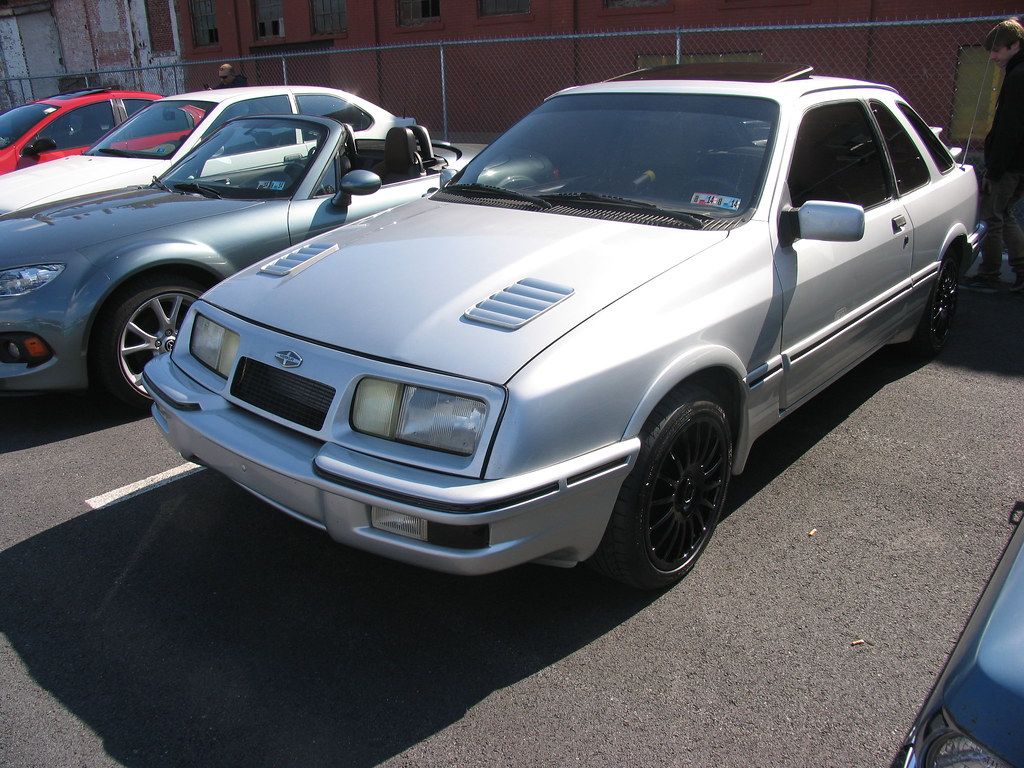
7. **Merkur**The 1980s were a fascinating time for cars, especially with European sport sedans being all the rage among the high-rolling set. Ford, already a massive player in the Old World with a comprehensive lineup of Euro-specific models, saw an opportunity. They had successfully brought German-engineered cars like the Capri and Fiesta to the U.S. in the ’70s, so why not try something a little higher-end? This thought process led to the launch of Merkur in 1985, an ambitious attempt to bring premium European flair to American showrooms.
Merkur debuted with two distinct models. First up was the XR4Ti, a hot-rod version of the Euro-market Sierra, powered by a modified Mustang SVO engine. This was a true driver’s car, earning praise for its dynamics, with MotorTrend noting in September 1984, “The inherent—and virtually instantaneous—oversteer can make for lots of fun on mountain roads. Just be sure you’re used to it beforehand.” The second model was the Scorpio, a posh, more luxurious version of Ford’s European Granada, designed to offer sophisticated comfort.
However, a crucial miscalculation ultimately doomed the brand: Merkur was sold exclusively at Lincoln Mercury dealerships. This proved to be a huge disconnect. L-M’s aging, traditional buyer base had little to no interest in the boy-racer XR4Ti (which, ironically, some serious ‘boy racers’ found a bit too soft). Nor could they justify paying Lincoln-level prices for a Scorpio when Mercury’s similarly sized Sable was significantly cheaper and more familiar. Sales were dismal, to say the least. Rather than investing in costly modifications to meet upcoming U.S. crash standards, Ford made the pragmatic decision to axe the entire Merkur brand in 1989, making its run a short, albeit interesting, footnote in automotive history.
Read more about: Seriously Where Did They Go? 9 Classic Sedans That Vanished From Our Streets.
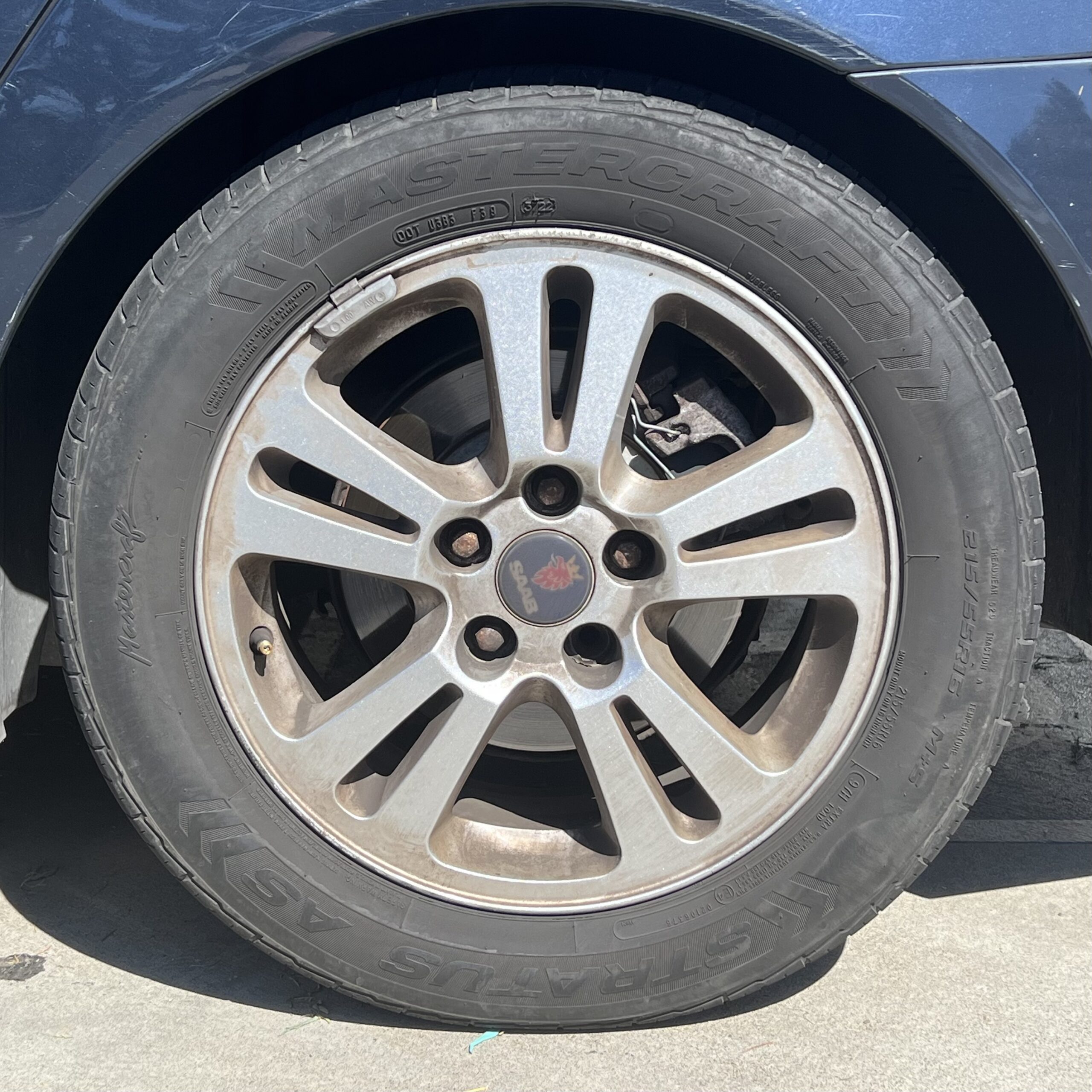
8. **Saab**Okay, let’s kick off this next batch of automotive legends with a brand that always marched to the beat of its own drum: Saab. Originally a Swedish airplane company (Svenska Aeroplan Aktiebolaget), they started building small cars with two-stroke engines back in 1950. By 1956, they’d opened a New York office, bringing their unique three-cylinder 93 to American shores, carving out a niche for something truly different.
Saab really hit its stride with models that were a bit more conventional but still packed that unmistakable “quirky” charm, like the 1967 Sonnet II sportster and the 1969 99 sedan. Fast forward to the 1980s, and the 900 and 9000 became absolute staples of yuppie culture. Those sizzling Turbo models, in particular, put Saab firmly on the radar of enthusiasts who appreciated a blend of performance and individuality. MotorTrend even gushed about the 900 Turbo in November 1979, saying, “It may not be the perfect car, but it’s close.”
However, the winds of change brought General Motors into the picture, buying into Saab in 1990. The 1994 Opel-based 900 marked the beginning of the end for Saab’s truly unique character, moving away from its distinct engineering DNA. Full GM ownership accelerated this trend, leading to poorly received models like the rebadged Subaru WRX (9-2X) and Chevy Trailblazer (9-7X).
These cars just didn’t feel like Saabs, and loyal fans noticed. Sales collapsed dramatically in 2008, and sadly, GM decided to shutter Saab in the U.S. in 2010. It was a somber end for a brand that once epitomized independent thought and innovative design, proving that sometimes, even a strong legacy can be diluted beyond recognition.
Read more about: More Than Just Rust: 14 SUVs That Were Once Desirable, Now Sadly Dated – A Deep Dive for Enthusiasts
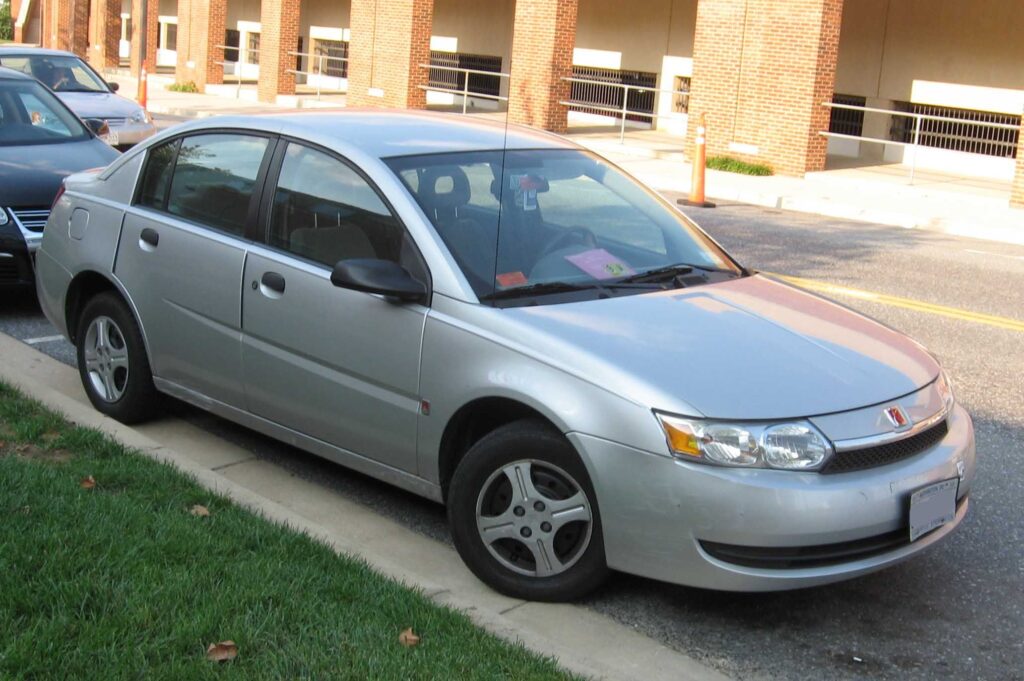
9. **Saturn**Remember when GM tried to hit the reset button? That was Saturn! In an ambitious move to fend off rising Japanese imports, GM decided to start completely fresh in the mid-1980s. They created an entirely new company, developing a plastic-bodied compact car engineered by Saturn’s own staff, built in its own plant, and sold by its own unique network of dealers. It was truly billed as a “different kind of car company,” promising a fresh approach to car buying.
Initially, this innovative experiment paid off, with strong sales right out of the gate. Saturn was known for its no-haggle pricing, which was a breath of fresh air for many buyers. Those polymer body panels were a neat party trick – dents just bounced right out! MotorTrend, in November 1990, reflected on the early promise, stating, “Next to traditional American cars from any of the domestic manufacturers, the three models from Saturn and the philosophies they represent shine uncharacteristically bright.”
But here’s where the conundrum comes in. Despite the whopping $5 billion GM poured into the venture, Saturn struggled with a significant problem: its quality was distinctly American, rather than matching the Japanese rivals it aimed to compete with. It took nearly a decade for Saturn to expand its lineup, and when new models did arrive, they were increasingly based on other GM products, eroding that “different kind of car company” image.
Sales began to founder as the brand’s distinctiveness faded. When the 2008 financial crisis hit GM hard, Saturn was unfortunately on the chopping block. A last-ditch deal to sell the brand to Roger Penske ultimately fell through, sealing Saturn’s fate. In 2010, GM’s innovative, albeit ultimately star-crossed, experiment came to an ignominious end, leaving behind a legacy of what could have been.
Read more about: When The Cameras Caught It All: 15 Emotional Celebrity Breakdowns That Proved Their Grief Was So, So Real
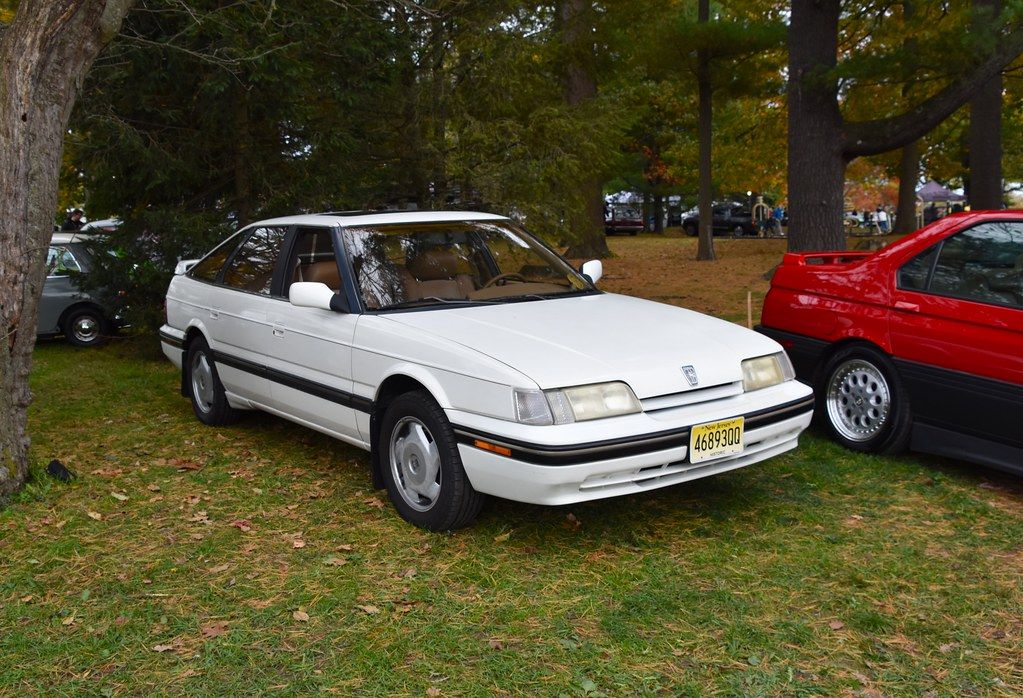
10. **Sterling**Picture this: the U.S. market in the late ‘80s was hungry for European style and Japanese quality. Britain’s Rover Group saw an opportunity, partnering with Honda to create a big, sporty luxury car for American buyers, launching it under a brand-new name: Sterling. It was a clever strategy on paper, with Rover handling the bodywork and Honda supplying the engines. What could go wrong when you combine British flair with Japanese reliability?
Well, quite a bit! While both companies provided their own interior designs and chassis tuning, they also maintained their own electrical systems. And if you know anything about classic British cars, you might be whispering “Ruh-roh, Rover” right about now. The resulting Sterling 825i certainly had a lavish interior and thrilling dynamics, as intended, offering a genuinely sporty luxury feel.
But that’s where the good news often ended. The build quality of the Sterling models, especially those intricate electrical systems, proved to be tragically unreliable. J. D. Power’s quality stats painted a stark picture, placing Honda’s version, the Acura Legend, right at the top, while the Sterling languished near the very bottom. This reputation for poor quality quickly began to sink the brand.
Sales plummeted faster than a faulty elevator, and not even a hefty $6,000 rebate on the 1990 Sterling 827’s $23,300 base price could turn things around. Rover Group finally threw in the towel and killed the Sterling brand in 1991, ending its short, troubled run. It’s a bittersweet note that Rover was having much better luck with another nameplate they brought to the U.S. in 1987: the Range Rover. Despite its flaws, MotorTrend’s March 1990 review of the Sterling 827Si held out hope: “Sterling management assures us that all the quality problems have been corrected. We’d like to think so, because, frankly, we like the car.”
Read more about: Behind the Chrome: 14 Major Automotive Scandals That Defined an Industry’s Legacy and Consumer Trust
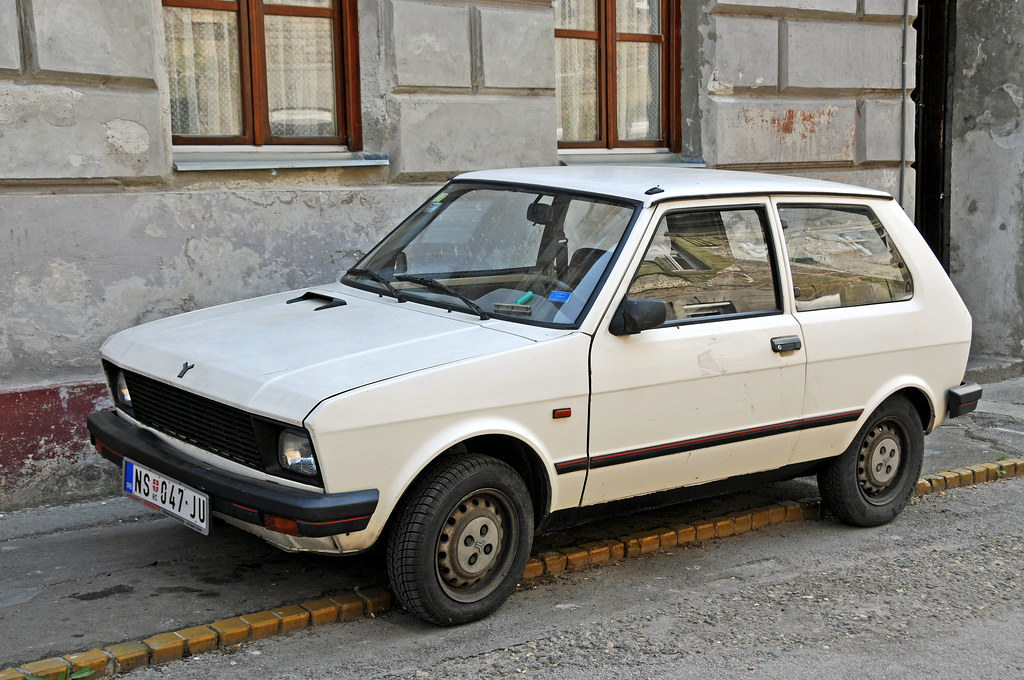
11. **Yugo**Alright, let’s talk about a car that was truly a cultural phenomenon for all sorts of reasons, primarily its rock-bottom price: the Yugo. When this Yugoslavian-built Yugo GV (which amusingly stood for “Great Value”) hit the market in 1985 with an unheard-of price tag of $3,990—that’s about $11,500 in today’s money—buyers literally lined up with their checkbooks ready. Never mind that it was a five-year-old Fiat design from a communist country. The price was simply too good to ignore.
Despite efforts to spiff it up for the American market and claims of being built by specially trained workers who received higher salaries for increased diligence, the Yugo quickly gained a reputation for being… well, flimsy, fickle, and fault-prone. It was a bare-bones car, and it showed its budget origins in its reliability.
While its incredible affordability made it accessible, the Yugo just couldn’t compete on quality or refinement. When Hyundai’s $4,995 Excel arrived on the scene, with its Mitsubishi bones, it offered a slightly more palatable option to U.S. buyers. The Excel set a new bare-minimum standard for entry-level cars that the Yugo simply couldn’t reach, quickly exposing the Yugo’s shortcomings.
Yugo sales actually peaked at a surprising 49,000 units in 1987. However, the honeymoon period was short-lived, and the brand’s reputation for unreliability soon caught up. The Yugo, which debuted in 1986, faded from the market by 1990, leaving behind a legacy that ranges from endearing novelty to punchline. As MotorTrend put it in December 1985, describing the Yugo GV: “No frills, no excuses, no pretension. No indication of personal net worth or good taste. You want snuggly carpeting and high-tech fit-and-finish? Go sit in your Mercedes.”
Read more about: Beyond the Chrome: Unmasking 13 Car Driver Stereotypes That Are More Than Just Roadside Chatter
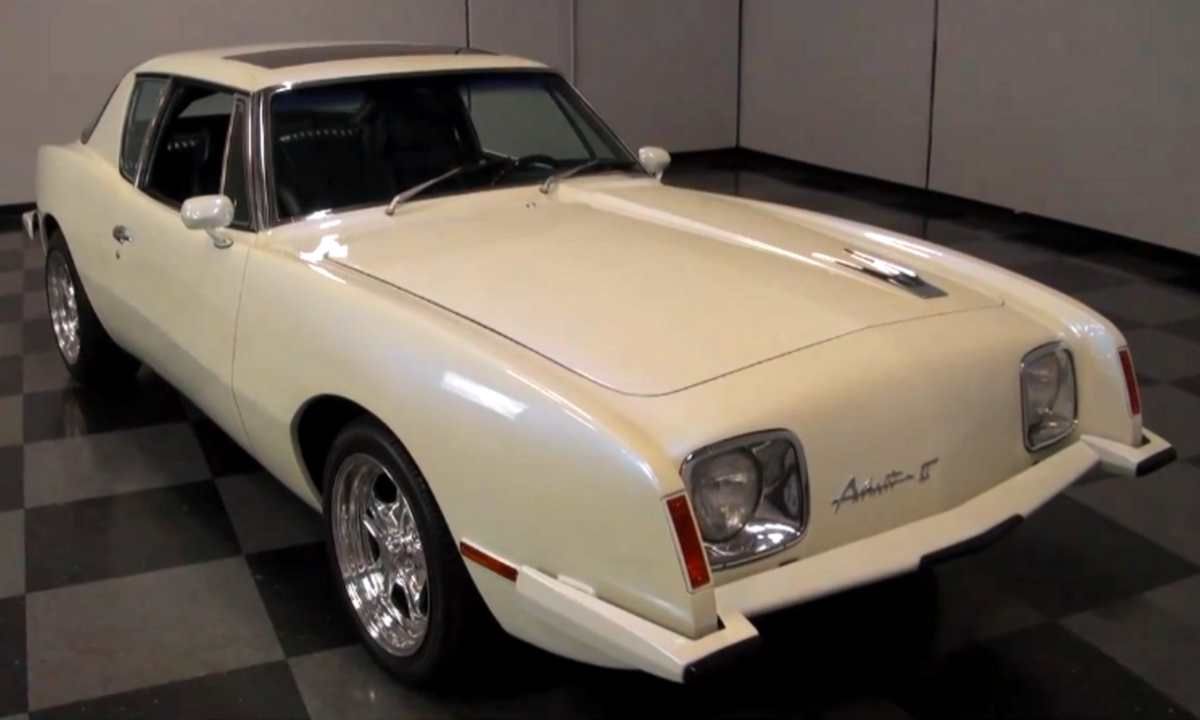
12. **Avanti**Now, for a story of resilience, reboots, and ultimate heartbreak, let’s talk about the Avanti. The original Avanti was a truly striking two-door personal luxury coupe, introduced by Studebaker in 1962 as a bold competitor to the Ford Thunderbird. It featured an iconic, Loewy-designed fiberglass body that turned heads and still looks futuristic today.
When Studebaker sadly closed its South Bend, Indiana plant, it looked like the end for this distinctive car. But hold on a minute! Two local dealers swooped in, bought the plant, the rights, and all the tooling, even hiring back much of the old plant staff to form Avanti Motor Corp. This phoenix-like rebirth in 1965 brought us the Avanti II, retaining that legendary Loewy body, but now powered by reliable Chevrolet engines.
The new Avanti Motor Corp. continued to develop the car, introducing different engines, updated styling, a convertible, and even a short-lived four-door variant. It was a fascinating journey for an independent automaker trying to keep a cult classic alive. MotorTrend, in November 1965, praised the Avanti II’s handling, stating, “The car felt solid, steady, and under control right up to the point of breakaway.” But like many small manufacturers, Avanti faced bankruptcy and multiple acquisitions.
Production stopped in 1991, but wait, there’s more! A Y2K revival brought yet another reborn Avanti, this time essentially a Pontiac Firebird (and later a Ford Mustang) with those distinct Avanti body panels. These hopes were ultimately dashed in 2006 when company chief Michael Kelly was arrested for running a Ponzi scheme. Avanti shut down for good in 2007, marking a truly dramatic end to a car with more lives than a cat.
Car Model Information: 1964 Studebaker Avanti
Name: Studebaker Avanti
Caption: 1963 Studebaker Avanti
Manufacturer: Studebaker
Aka: Avanti
Production: 1962: 1,200;
Assembly: Studebaker Corporation#Studebaker Factories,South Bend, Indiana
Predecessor: Studebaker Gran Turismo Hawk
Class: Personal luxury car
BodyStyle: coupe
Layout: FR layout
Engine: 289 CID
Abbr: on
Transmission: Manual transmission
Wheelbase: 109 in
Length: 192.4 in
Width: 70.3 in
Height: 53.8 in
Weight: 3095 lb
Related: Studebaker Lark
Designer: Raymond Loewy#Avanti
Categories: All articles with incomplete citations, Articles with incomplete citations from September 2018, Articles with short description, CS1 errors: missing title, Cars discontinued in 1963
Summary: The Studebaker Avanti is a personal luxury coupe manufactured and marketed by Studebaker Corporation between June 1962 and December 1963. A halo car for the maker, it was marketed as “America’s only four-passenger high-performance personal car.”
Described as “one of the more significant milestones of the postwar industry”, the Raymond Loewy-designed car offered safety features and high-speed performance. Called “the fastest production car in the world” upon its introduction, a modified Avanti reached over 170 mph (270 km/h) with its supercharged 289-cubic-inch (4,740 cm3) R3 engine at the Bonneville Salt Flats. In all, it broke 29 world speed records at the Bonneville Salt Flats.
Following Studebaker’s discontinuation of the model, a succession of five ventures manufactured and marketed derivatives of the Avanti model through 2006. These ventures licensed intellectual property and, in some cases procured parts, through arrangements with the successors to the Studebaker assets.
Get more information about: Studebaker Avanti
Buying a high-performing used car >>>
Brand: Studebaker Model: Avanti
Price: $53,000 Mileage: 45,354 mi.
Read more about: Kings of the Asphalt: Reliving the Glory Days of 1980s Sports Cars and Supercars That Defined a Generation
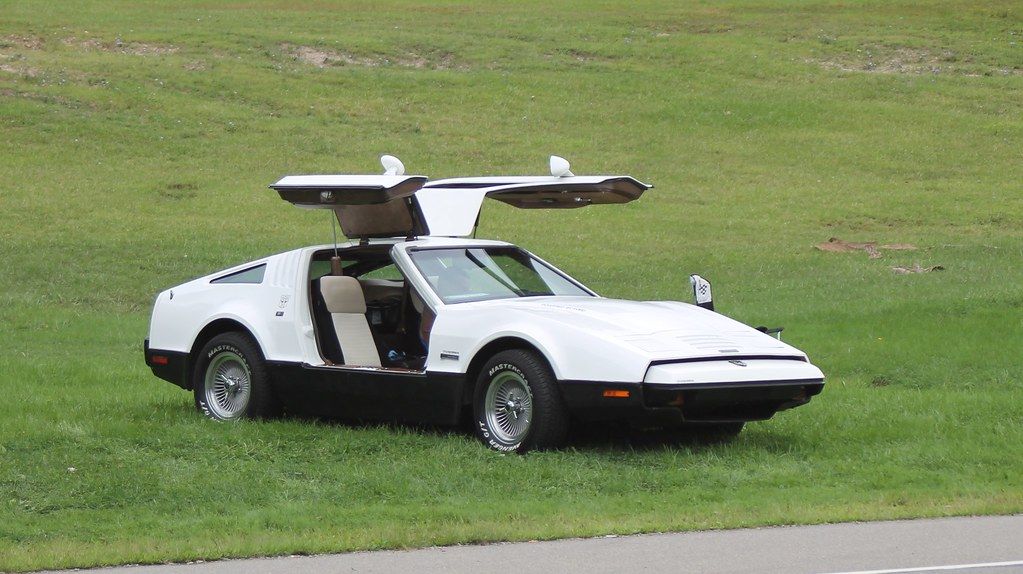
13. **Bricklin**Speaking of interesting characters in the automotive world, let’s delve into the brief but unforgettable saga of the Bricklin. This brand was the brainchild of Malcom Bricklin, a serial entrepreneur famous for bringing Subaru to the U.S. and, somewhat infamously, the Yugo. In 1974, he decided to launch his *own* car company, with the ambitious goal of building the Bricklin Safety Vehicle 1, or SV-1. His vision was a truly efficient, safe sports car.
The SV-1 was packed with innovative safety features ahead of its time. We’re talking a rollover cage, energy-absorbing bumpers, and those absolutely iconic gullwing doors that screamed futuristic cool. And here’s a fun fact: there was no ashtray or lighter in the car, because Malcom Bricklin believed smoking while driving was dangerous. Talk about commitment!
The Canadian province of New Brunswick was eager to become “Canada’s Detroit,” so it eagerly funded Bricklin’s venture. However, the SV-1s that rolled off the production line were plagued with problems. Beyond expected leaks and electrical maladies, the fiberglass-acrylic composite bodies warped so badly in the Canadian cold that assembly workers had genuine trouble bolting the cars together. And those awesome power-operated doors? They had a nasty habit of draining the battery and trapping occupants inside.
By 1975, the provincial government had sunk around $20 million into Bricklin. When Malcom Bricklin asked for another $10 million, New Brunswick finally said “no,” and the entire operation shut down that very same year. It was a spectacular, albeit short-lived, flameout for a car that aimed for safety and style but was ultimately undone by production woes. Yet, MotorTrend in May 1975 said: “If the Bricklin folks get it together, the ’Vette is going to get a run for the crown.” A bold prediction that never quite materialized.
Car Model Information: 1975 Bricklin SV-1
Name: Bricklin SV-1
Manufacturer: Bricklin Canada Ltd.,General Vehicles Inc.
Production: 1974–1976
ModelYears: 1974–1976
Assembly: Saint John, New Brunswick
Designer: Marshall Hobart,Herb Grasse
Class: Sports car
BodyStyle: hatchback
Layout: Front-engine, rear-wheel-drive layout
Engine: ubl ,AMC V8 engine#360
Transmission: ubl
Wheelbase: cvt
Length: cvt
Width: cvt
Height: cvt
Weight: cvt
Sp: us
Doors: Gull-wing doors
Categories: All articles with unsourced statements, Articles with short description, Articles with unsourced statements from October 2025, Automobiles with gull-wing doors, CS1: long volume value
Summary: The Bricklin SV-1 is a two-seat sports car produced by American businessman Malcolm Bricklin and his manufacturing company from 1974 until early 1976. The car was noteworthy for its gull-wing doors and composite bodywork of color-impregnated acrylic resin bonded to fiberglass. Assembly took place in Saint John, New Brunswick, Canada. The name SV-1 is an abbreviation of “safety vehicle one”. Bricklin company literature uses both the SV-1 and SV1 formats. To promote the car’s safety bona fides, the company touted such features as its integrated roll-over structure and energy-absorbing bumpers.
Get more information about: Bricklin SV-1
Buying a high-performing used car >>>
Brand: Bricklin Model: SV-1
Price: $36,485 Mileage: 34,002 mi.
Read more about: Are You Driving a ‘Jerk’ Car? 14 Vehicles With Bad Driver Reputations
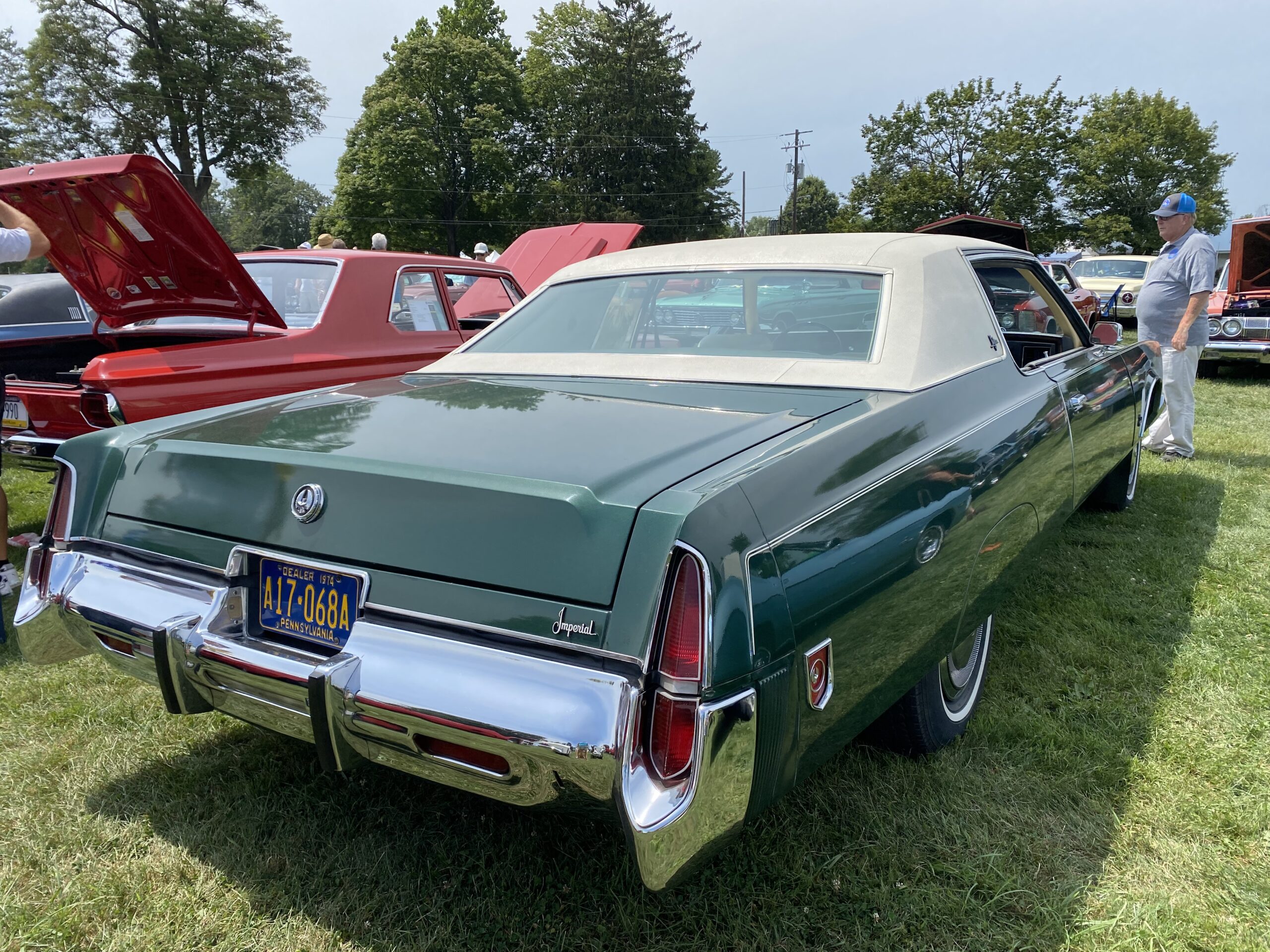
14. **Imperial**Our final stop on this nostalgic trip brings us to a name that epitomized luxury and quiet confidence from Chrysler: Imperial. For decades, Imperial was Chrysler’s answer to the high-end car market, designed for discerning buyers who wanted something substantial, with presence and polish, but who still wanted to stay within the trusted Chrysler family. It wasn’t just a trim level; it was a distinct identity.
Imperial truly stood apart, often boasting unique designs that set it visually above other Chrysler offerings. It cultivated a quiet confidence that appealed greatly to established professionals and older buyers. For much of its life, Imperial held its own in the luxury segment, earning a solid reputation for both style and comfort, representing a refined choice without the overt flash of some competitors.
However, as the automotive landscape evolved, it became increasingly challenging for Chrysler to justify maintaining Imperial as a completely separate entity. Other Chrysler models began to overlap significantly in features and price points, blurring the lines and making the extra Imperial badge feel redundant rather than exclusive. Despite its rich history, the market simply didn’t support its distinct existence.
There were several attempts to revive the Imperial name, especially into the 1980s, trying to recapture its former glory. But none of these efforts found lasting success. The Imperial name quietly disappeared in the early 1980s, with later revivals never quite sticking. Today, Imperial remains one of those dignified names that faded with grace, its cars remembered mostly by collectors and enthusiasts who appreciate their unique place in American automotive history.
Read more about: A True Mystery: 13 Essential Vent Windows That Vanished From Our Door Panels
Phew, what a ride through automotive history! We’ve journeyed through the rise and fall of brands that once dotted American roads, each with its own story of innovation, ambition, and the challenging realities of the car business. From the quirky designs of Saab to the bold safety aspirations of Bricklin, and the luxurious yet ultimately overshadowed presence of Imperial, these brands remind us that even with the best intentions, the road to lasting success in the auto world is anything but smooth. They might be gone from new car showrooms, but their legacies, their unforgettable designs, and their impact on consumer choices continue to echo. They’re not just forgotten names; they’re vital chapters in the ongoing, ever-evolving saga of what it means to put dreams on four wheels.

